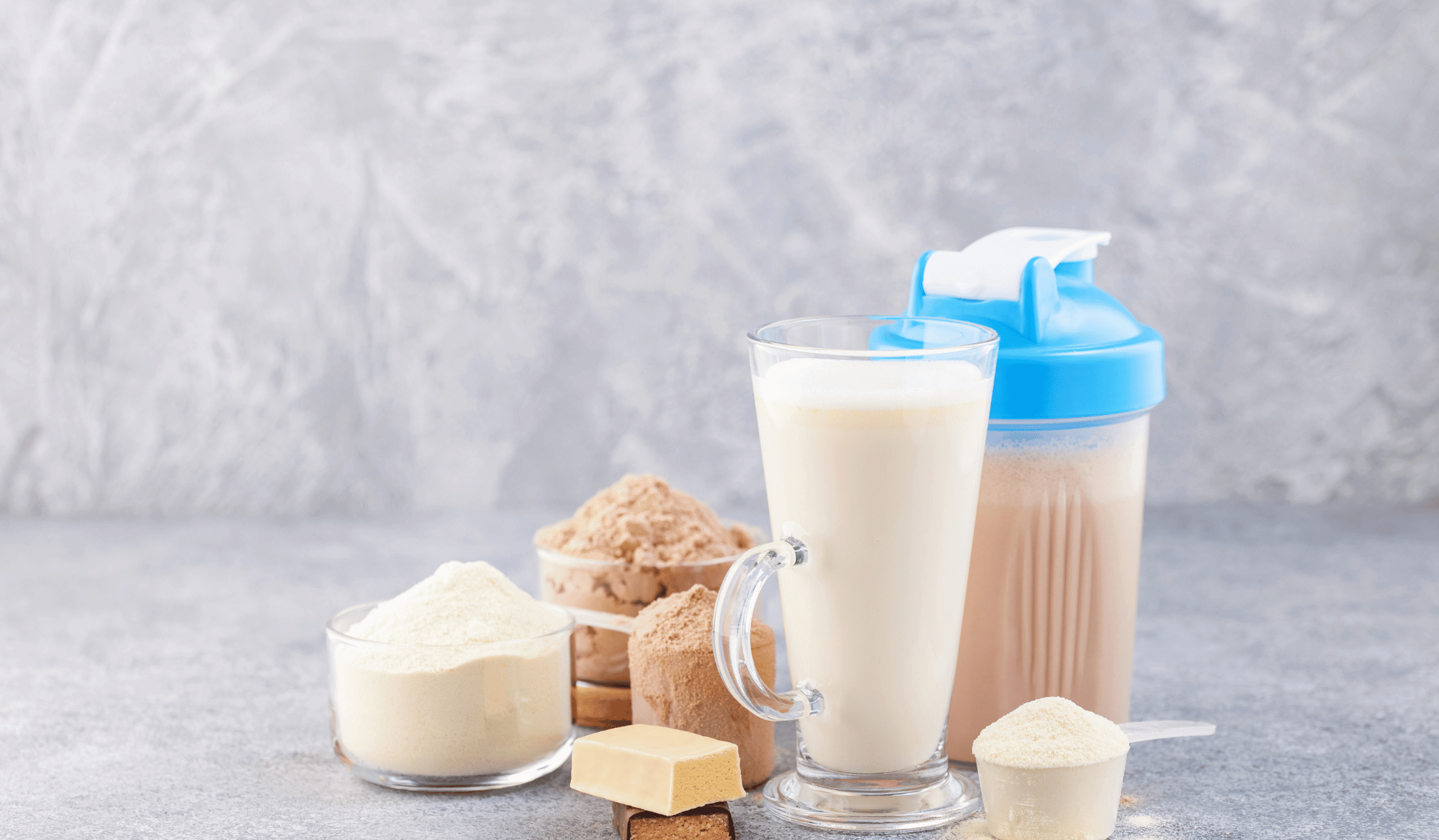A thick protein shake can feel like a chore to drink, especially when you’re aiming for a quick refuel. It’s a common issue, but one that can be easily fixed.
In this guide, we’ll break down the science and practical steps on how to make protein shakes less thick.
With expert insights and actionable advice, you’ll craft the ideal shake consistency in no time.
Ready to elevate your protein shake experience? Let’s dive in.
Thinning Out Your Protein Shake
Liquid-to-Powder Ratio

Achieving the ideal consistency in a protein shake starts with the right balance of liquid to powder.
While following recommended ratios is a good starting point, personal preference plays a role. Experiment with different liquids to influence the shake’s thickness.
Water provides a neutral base, milk adds creaminess and almond milk offers a lighter creamy texture without the full density of milk.
Mindful Ingredient Selection
The ingredients you add can significantly impact the shake’s consistency.
For instance, while a whole banana might seem tempting, it can quickly turn your shake into a thick blend. Using half a banana maintains flavor without the extra thickness.
Greek yogurt, though protein-rich, can make your shake thicker. Consider reducing its quantity for a lighter texture.
And if oats are your go-to for added fiber, pre-soaking them ensures your shake remains smooth.
Perfecting the Blend
Your blending technique can make or break the shake’s texture.
Begin with the liquid to ensure the powder doesn’t settle at the bottom. Add the powder next, followed by your chosen ingredients. However, be cautious with blending duration.
Over-blending can introduce too much air, resulting in a frothy shake. Aim for a brief yet effective blend.
Understanding the Consistency of Protein Shakes
How Protein Powder Type Affects Consistency

Different protein powders inherently influence the texture of your shake.
For instance, whey protein typically results in a lighter blend, while casein offers a creamier consistency.
Beyond the natural properties of these proteins, many commercial powders include additives like xanthan gum or guar gum to enhance texture and mouthfeel.
However, these additives can sometimes make the shake considerably thicker.
Natural Thickening Mechanisms
Certain ingredients possess inherent properties that cause them to thicken upon blending or when exposed to liquids.
For example, chia seeds, when soaked, undergo a process called mucilage formation, where they absorb liquid and expand, creating a gel-like consistency.
This natural thickening mechanism is different from the thickening caused by commercial additives and can be leveraged to achieve specific shake textures.
Temperature and Molecular Behavior
On a molecular level, temperature affects the behavior of proteins and other components in your shake.
Cold temperatures can cause certain proteins to denature or change shape, leading to a thicker consistency. This is why a shake might thicken when refrigerated.
Common Mistakes to Avoid When Making Protein Shakes
Crafting the perfect protein shake is as much about knowing what to do as it is about recognizing what not to do.
Here are some pitfalls that both novices and seasoned shake enthusiasts can fall into:
Overloading on Add-ins

It’s tempting to toss in a handful of your favorite ingredients, thinking they’ll only enhance the flavor and nutritional value of your shake.
However, adding too many ingredients, especially those with a creamy or dense consistency, can quickly turn your shake from a drinkable consistency to a spoon-required one.
Remember, less is often more. It’s essential to strike a balance to ensure your shake remains both tasty and of the desired consistency.
Excessive Use of Thickening Agents
While certain thickeners, like xanthan gum or guar gum, can improve the texture of your shake, using them in large quantities can make it overly thick.
If you’re using commercial protein powders, they might already contain these agents, so adding more can be overkill.
Always check the ingredient list and be judicious with any additional thickeners.
Ignoring Personal Preference

While many follow protein shake recipes from influencers or friends, it’s vital to remember that taste and texture are personal. What’s perfect for one might not suit another.
If a shake doesn’t match your preference, adjust the ingredients.
Want it thinner? Add more liquid or reduce thickening agents. Prefer it creamier? Use less liquid or add creamy ingredients.
Use recipes as a starting point, but always tailor to your taste for the best experience.
Conclusion
Achieving the right consistency in your protein shake can make all the difference in your post-workout routine.
We’ve shared actionable steps to ensure your shakes are less thick and more enjoyable.
Your feedback is invaluable to us. Have these methods worked for you? Do you have other tricks to share? Feel free to drop a comment below.

